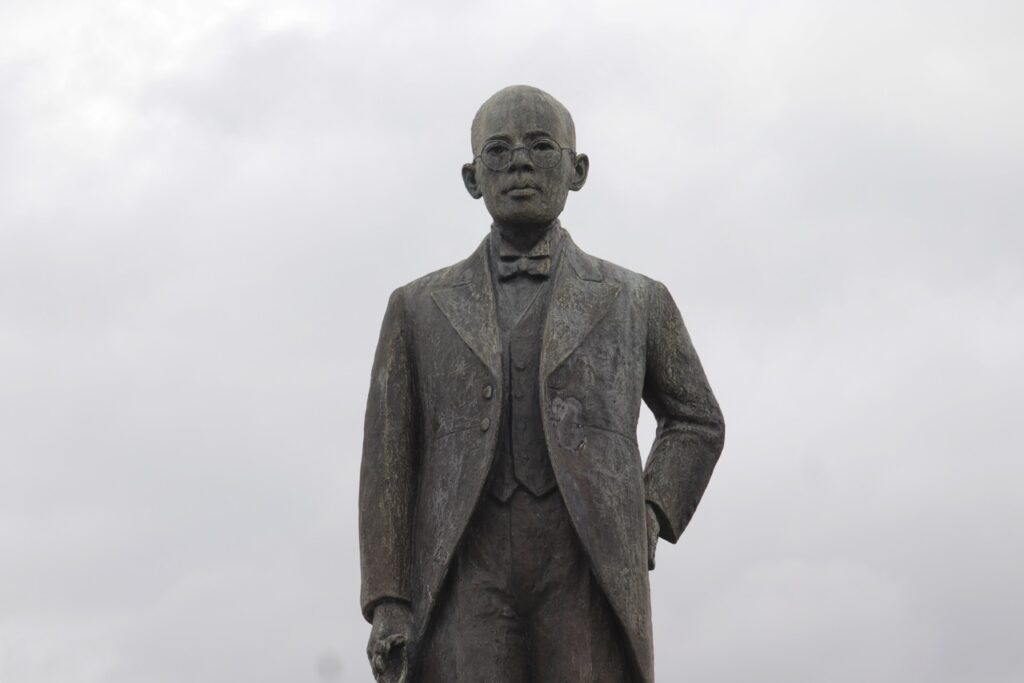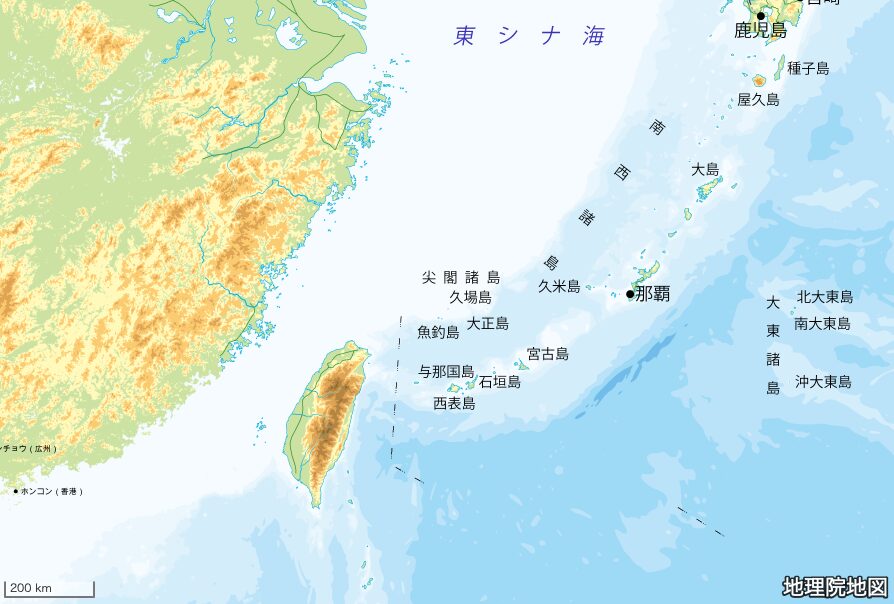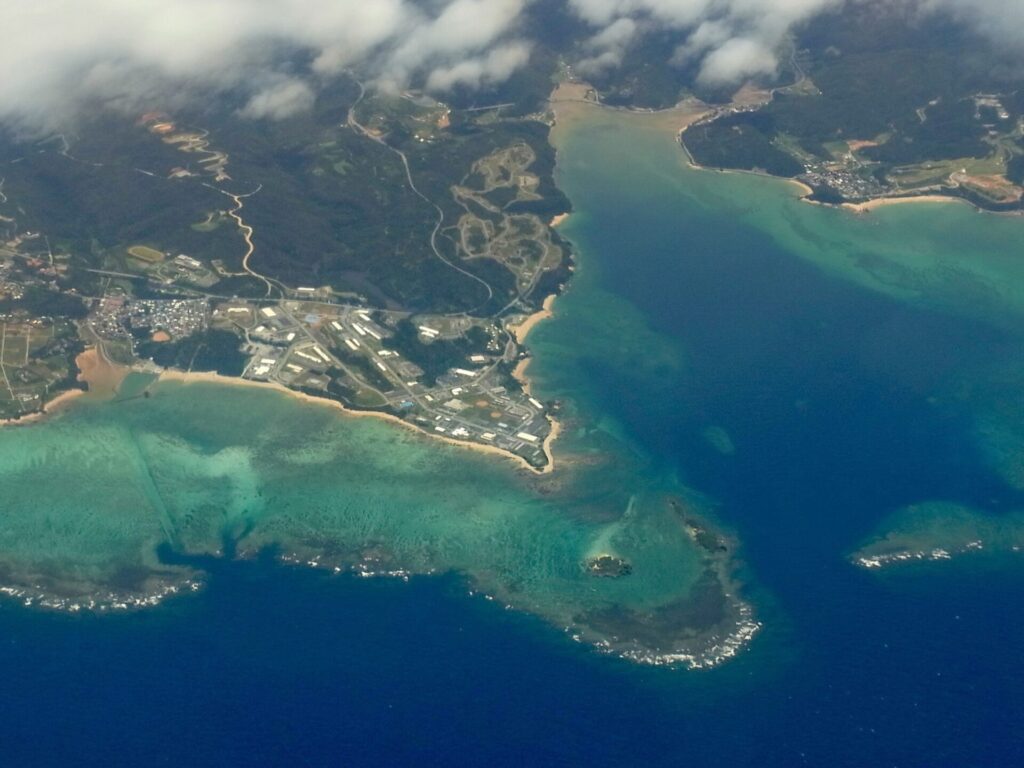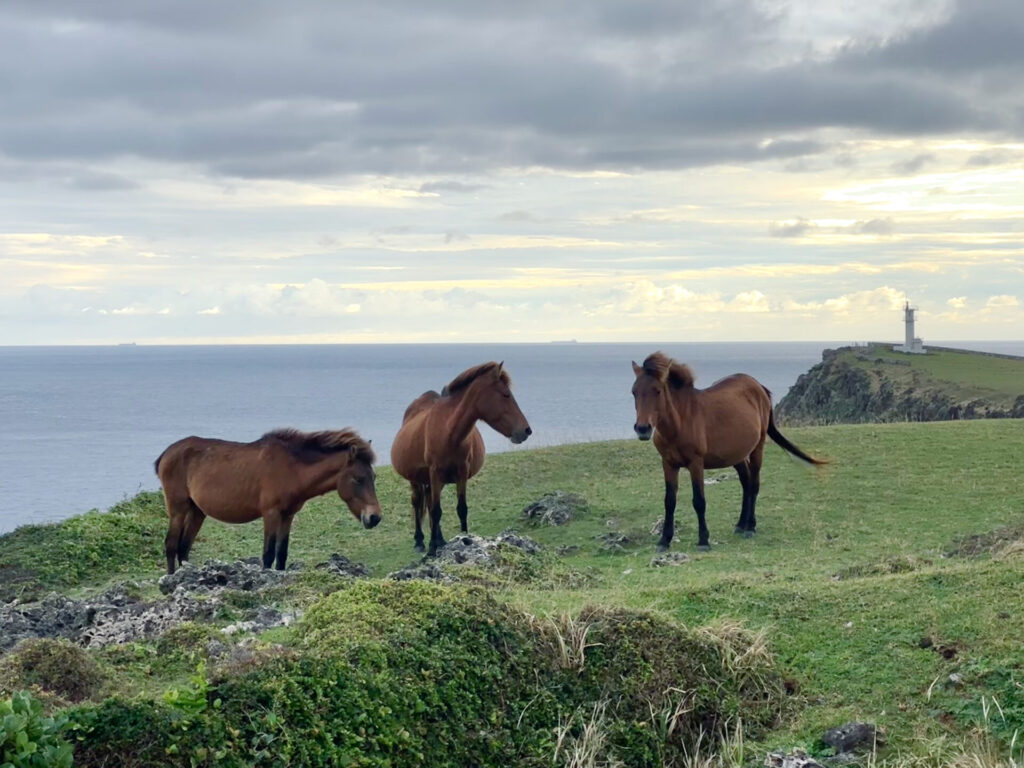Reversion

Refers to the fact that on May 15, 1972, after almost thirty years of U.S. military rule, Okinawa was returned to Japan as a prefecture. It is a frequently used term, such as “pre-Reversion” or “post-Reversion.” (SAITO Jun)
After its defeat in the Pacific War, Japan regained its “independence” by signing the Treaty of Security between the United States and Japan and thus renounced the administrative rights over the Ryukyu Islands under the Treaty of Peace with Japan.
Okinawa was put under direct U.S. military rule, where forced requisitions of land and suppression of human rights continued in the building of military bases, leading to an ardent campaign for the reversion to Japan. Eventually on May 15th, 1972, the administrative rights were returned to Japan, in accordance with the national aims of the two countries. This is called the “Reversion of Okinawa to Japan,” or simply the “Reversion of Rights”/“Return of Okinawa”.
Some regard this as a “re-annexation” in light of the historical fact of the Ryukyu disposition, where the Japanese government annexed by force of arms the Ryukyu Kingdom in 1879. Before then, the Ryukyu had been an independent kingdom with its own political system. To precisely interpret this history, it seems appropriate to say that the 1972 Reversion was a “re-annexation” taking place over 90 years later the first one.
The Reversion campaign in Okinawa was a means to be liberated from the harsh rules of the U.S. military; on the base was the infinite admiration for the newborn Japan which adopted the “Peace Constitution” as its policy, longing to be part of it. However, after the Reversion, the majority of the U.S. military bases in Japan were concentratedly settled in Okinawa, making it a seawall to secure the safety, peace, and prosperity of the whole Japan. Furthermore, an economic structure was built where the residents are trapped under high unemployment, and the average prefectural earnings reached only about 70% of the national average. Hence, the illusion of the reversion to “be equal to mainland Japan,” has been utterly shuttered.
Thus we can see that Okinawa has been treated like a “home colony” after the Reversion likewise before the War.
Independence became the most prevalent political ideology of Okinawa right after the defeat in WWII. The independence ideology or ideas of self-reliance also surfaced repeatedly before and after the Reversion. Although its context differs depending on the historical situation, this is a unique ideological tendency of Okinawa’s postwar history. It proves how a feeling of being out of place remained deep-rooted while holding a strong sense of belonging to Japan, as is shown in the enthusiastic Reversion campaigns. The Okinawan consciousness is wavering, ambivalently.
During the height of the Reversion campaign, a song called “Give Back Okinawa” was often sung, to express their fervent hope to be returned to Japan. In recent years, Daiku Tetsuhiro, an Okinawan folk singer, revived this song which struck a chord. This revival, however, reflects a reversed feeling of the former: it is sung to demand the return of Okinawa to itself and the people of Okinawa, which was lost under the Reversion or the Re-annexation.
The term “Reversion” may someday mean a reversion of Okinawa to itself, in the hands of its people. That would be when this word regains its true meaning. (ARAKAWA Akira)









































































































































































































































